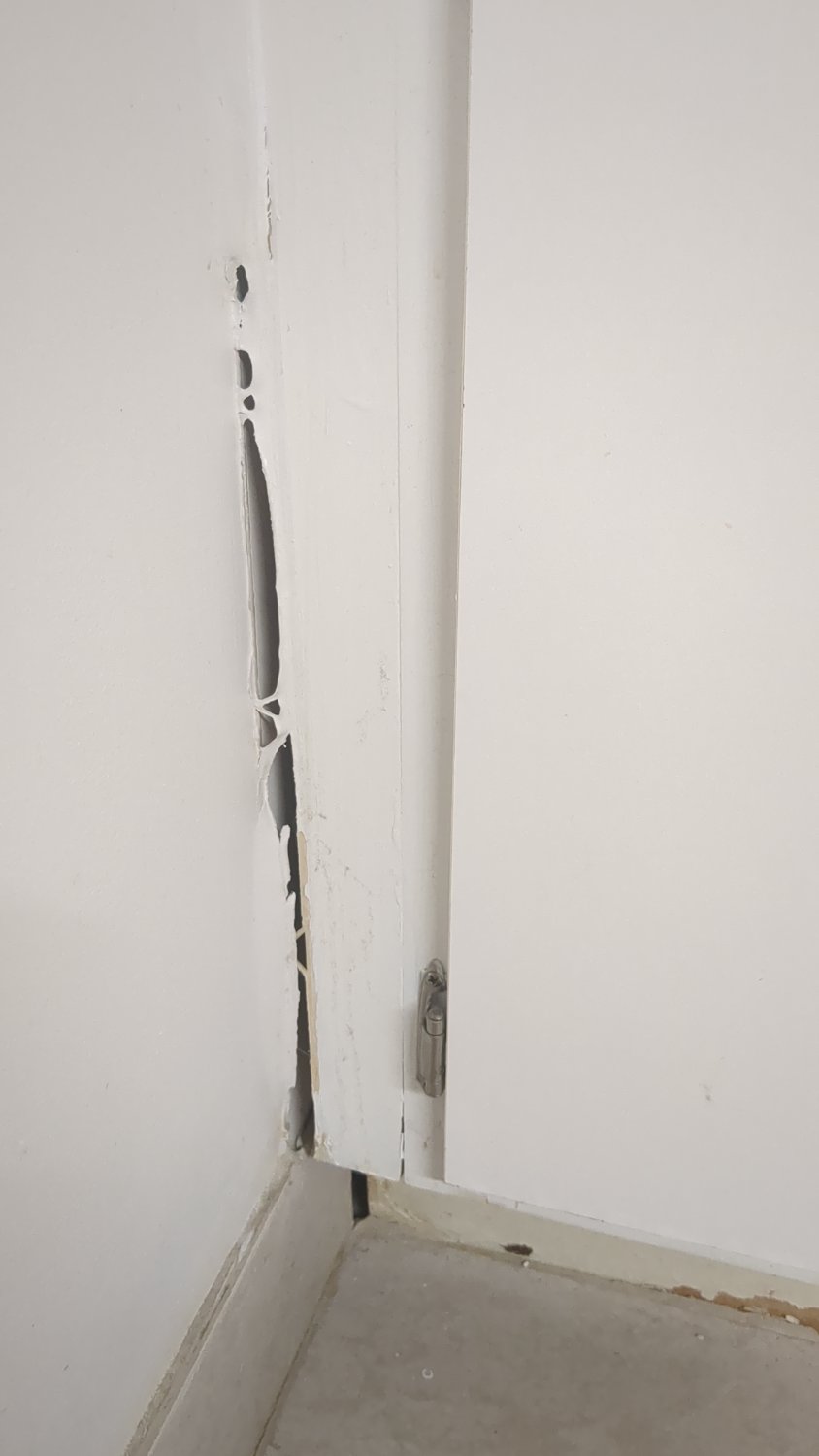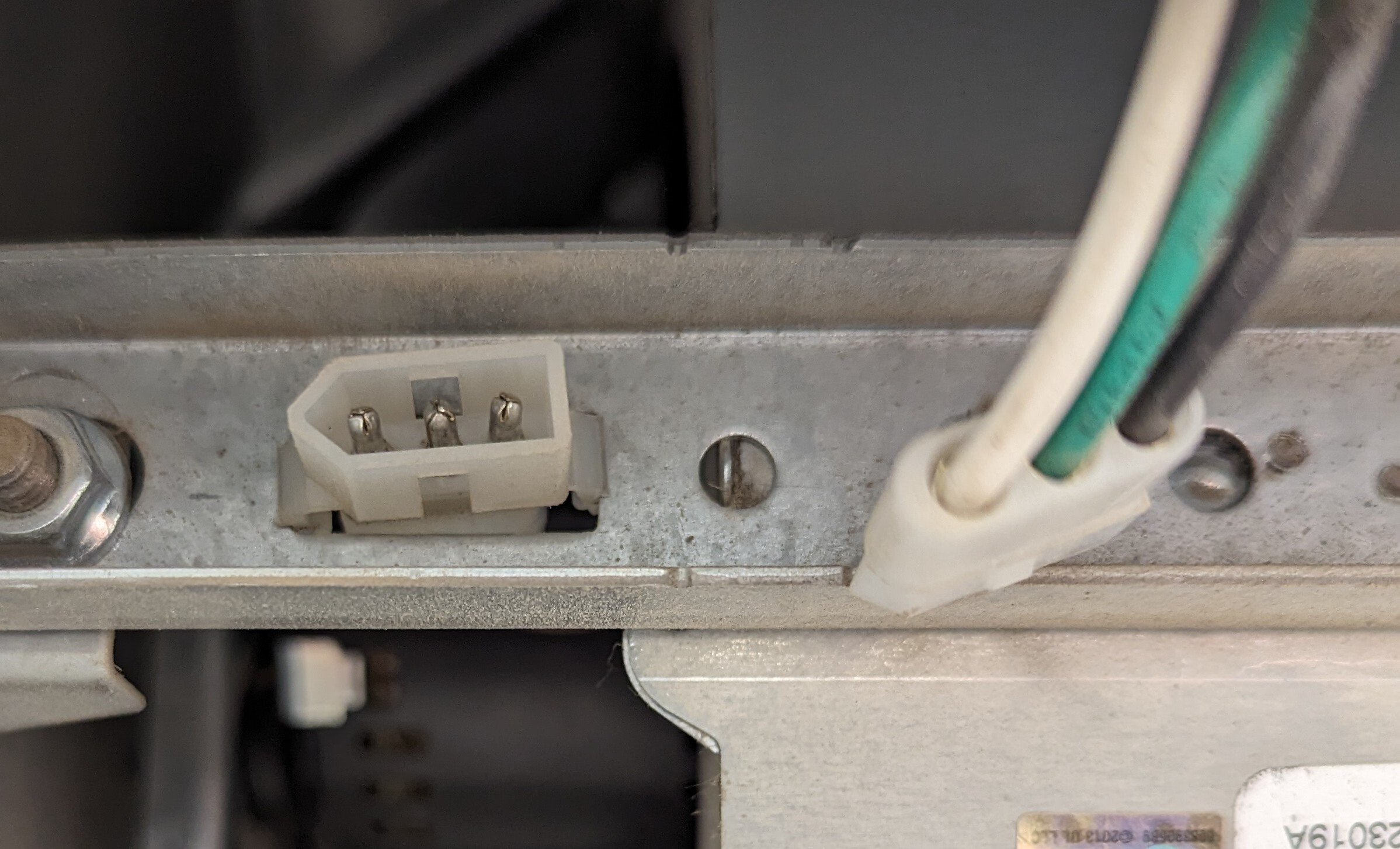DIY
1101 readers
11 users here now
For DIY - this is also a placeholder.
founded 1 year ago
2
3
4
5
6
7
8
9
10
11
1
Human Powered Air Compressor and Energy Storage System | Low Tech Magazine
(solar.lowtechmagazine.com)
12





